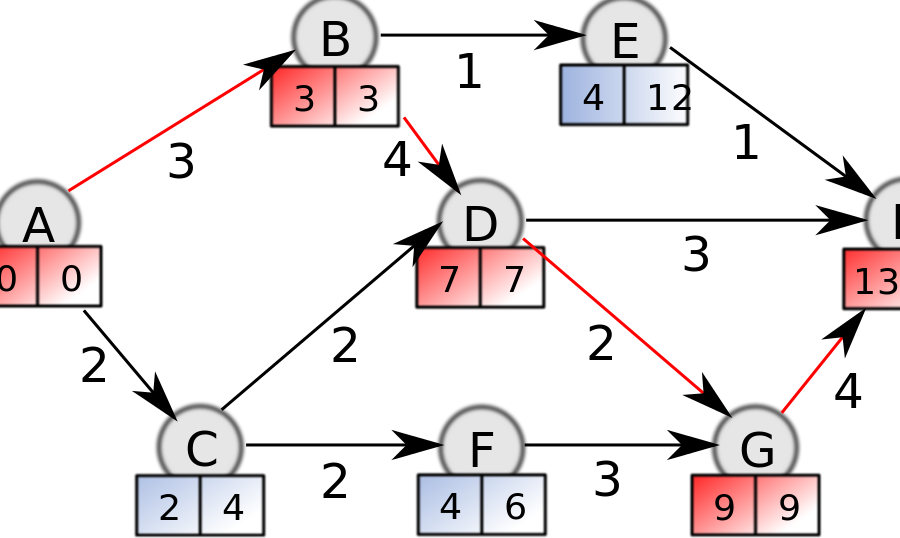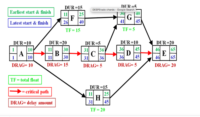Delays are a common cause of difficult-to-resolve disputes in the construction industry. Over the past decades, scheduling experts and attorneys have developed many delay-analysis methods, and they continue to refine them while new ones are devised. One big problem is that names for different techniques have been and continue to be applied loosely and inconsistently.

For example, Time Impact Analysis is a very specific method often misapplied to other methods. Windows analysis may mean any method broken into time periods, or it may be a specific and distinct method. Some techniques have become widely recognized in principle but are often applied in subtle or even substantially different ways in practice. Moreover, different techniques may provide different results when applied to the same set of circumstances.
Which method of delay analysis is best, and what is the correct way to apply it?
When we look to court decisions to answer this question, we find no consensus. There are good reasons for this. No single method or application of a given method can be applied in every situation. There are practical realities and circumstances that may render certain methods and applications inaccurate, infeasible or inappropriate. The method and application must be appropriate to a dispute’s situation and circumstances.
In the past two decades, several organizations have sought to provide clarity and structure to the specialized discipline of delay analysis. In 2002, the Society of Construction Law published a Delay and Disruption Protocol; in 2007, the AACEI published a Recommended Practice of forensic delay; and in 2017, the ASCE published a Schedule Delay Analysis standard.
The titles of the documents contain the words “standard,” “protocol” or “recommended practice.” Does this mean the contents represent official procedures established by general consent and that a departure from the contents automatically represents a failure to comply with a standard of care?
The answer is no. These documents were created to be used as a reference based on a specific application, but they are often misunderstood or misrepresented as definitive and prescriptive standards for all circumstances. This is particularly so in the legal community and the contentious environment of a dispute resolution. A contributing reason for the potential misunderstanding or misrepresentation must be the titles of the documents themselves. Words such as “standard,” “protocol” or “recommended practice” imply definitive procedures and processes when in fact that is not the case.
“Ultimately, the question as to which method of delay analysis is best and what is the correct way to apply that method must always be considered in light of the circumstances of the case in question. There is no universal fit for delay analysis.”
There have been and will continue to be dissenting views and challenges to the contents of each of these documents. There are some inconsistencies among the documents themselves. There are times when the contents are appropriate for the matter at hand and other times when they are not applicable. In hindsight, alternative titles such as “guidelines” or “principles” may have been more appropriate for these documents.
We must be careful not to make perfect the enemy of the good. These commendable documents offer useful guidance. Each of these peer-reviewed documents is honest and clear about its purpose. Each contains a caveat that acknowledges it cannot be definitive and prescriptive in every situation. Each is clear that facts and circumstances may require departing from the guidance or recommendations.
The responsibility for these documents is now more with the readers than it is with the authors. It is the reader who is responsible for how the document is applied. It is the reader who must understand that the documents are necessarily generic. It is the reader who must consider that circumstances may require a modification to some principles or processes.
Ultimately, the question as to which method of delay analysis is best and what is the correct way to apply that method must always be considered in light of the circumstances of the case in question. There is no universal fit for delay analysis, and the process will always involve professional judgment, experience, opinion and subjectivity.
If you have an idea for a column, please contact Viewpoint Editor Richard Korman at kormanr@enr.com.





Post a comment to this article
Report Abusive Comment